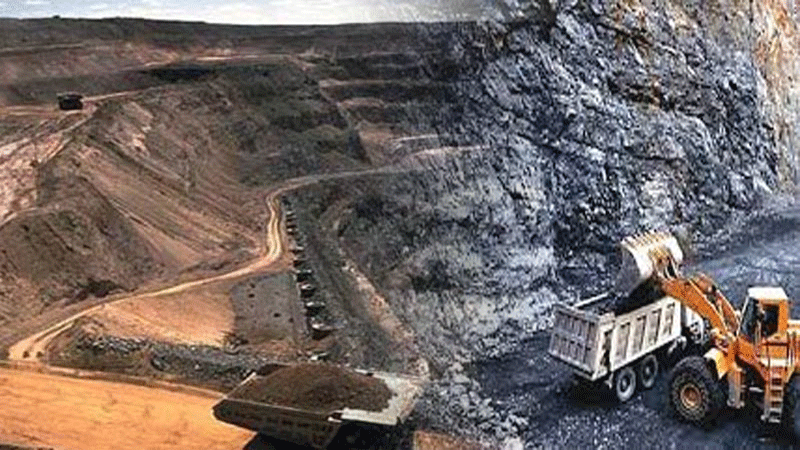Global energy markets were shocked by Russia’s conflict in Ukraine, which set off a full-scale conflict over energy supply and sanctions in Europe over the course of 2022.

Climate experts have been pleading with the largest economies in the world to gradually wean themselves off of fossil fuels for years. Instead, according to data from the International Energy Agency (IEA), coal use is at an all-time high, setting a new record of 8.3 billion metric tonnes in 2022, up 3.3% from the previous year.
As nations all over the world shifted to non-petroleum based energy sources last year as a result of skyrocketing oil and gas prices, the increase in coal demand has coincided with a clean energy boom. In total, coal accounted for 10,440 terawatt hours in 2022, or 36% of the world’s electricity production.
Global energy markets were shocked by Russia’s conflict in Ukraine, which set off a full-scale conflict over energy supply and sanctions in Europe over the course of 2022. Global economies scurried to identify alternative energy supply chains to bolster energy security.
This was primarily seen in the West as a rapid expansion of the renewable energy industry. On the other hand, the coal industry is booming in China and India. The situation is slightly more complicated in China, though, where the growth of renewable energy sources has outpaced that of every other nation on earth by a factor of several, despite coal’s continued dominance in the world’s energy mix.
The IEA noted in a statement that accompanied its Coal Market Update report that as a result, “by region, coal demand fell faster than previously expected in the first half of this year in the United States and the European Union — by 24% and 16%, respectively.”
The statement continued, “However, demand from the two largest consumers, China and India, increased by over 5% during the first half, more than offsetting declines elsewhere.”
China and India have historically been two of the biggest opponents of climate agreements that demand the phase-out of coal. China and India forced a last-minute intervention at the 2021 United Nations COP26 climate summit in Glasgow to soften the language in the conference Pact, leading the parties to agree to “phase down” coal rather than “phase it out.”
Bhupender Yadav, India’s environment minister, said during a speech at the conference, “How can anyone expect that developing countries make promises about phasing out coal and fossil fuel subsidies.” “Developing nations still have to address their agenda for reducing poverty.”
India and China are advising wealthy nations to use less energy and concentrate on climate talks rather than criticising less developed economies. India has been outspoken in its criticism of developed countries for urging global decarbonization while advising developing countries not to do the same. They think the main emphasis of climate talks should be on energy consumption in developing nations.
Coal is very political in Beijing, but for different reasons. The Xi Jinping administration’s primary, if not sole, energy goal is energy security, which is equated in China with coal.
For China, coal has always been a dependable and frequently necessary backup source of energy, and many people find the idea of cutting off that lifeline to be terrifying. Not only is coal essential to China’s strategy for energy security, but it also represents dependability and security in Chinese culture.
China is concerned that phasing out coal would increase the risk of economic and political instability, according to Joanna Lewis, an associate professor of energy and the environment at Georgetown University. She was quoted by Popular Science as saying, “I think there’s this fear of moving away from the status quo and into this new realm of clean and advanced energy technologies, even though they’re extremely well positioned to do so.”
It won’t be simple or inexpensive to transition China and India away from coal. According to a recent report, it would cost somewhere around $1 trillion to transition India alone away from coal. However, it’s a crucial step in all realistic routes towards achieving global emissions targets and averting the worst effects of climate change.
Due to China’s and India’s deeply ingrained political ties with the dirtiest fossil fuel, it will require unprecedented global cooperation, which is a challenging task. The use of coal is anticipated to continue at nearly record levels at least through 2023.